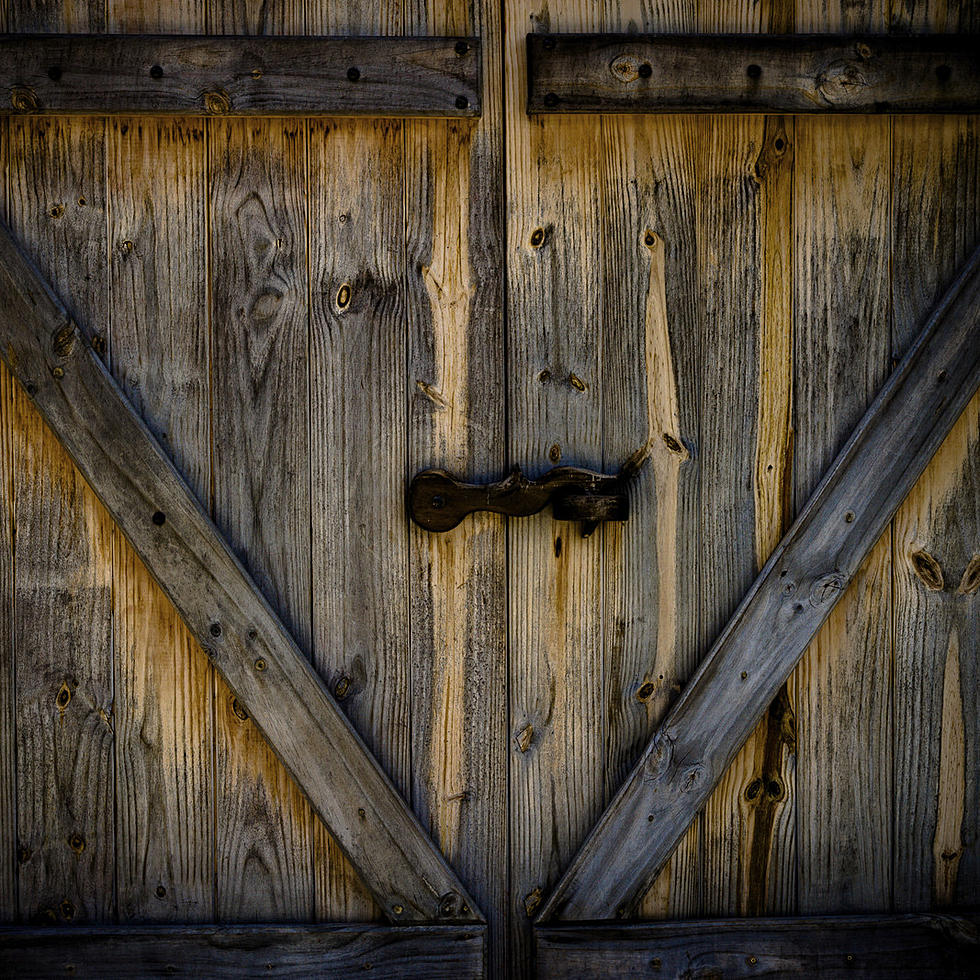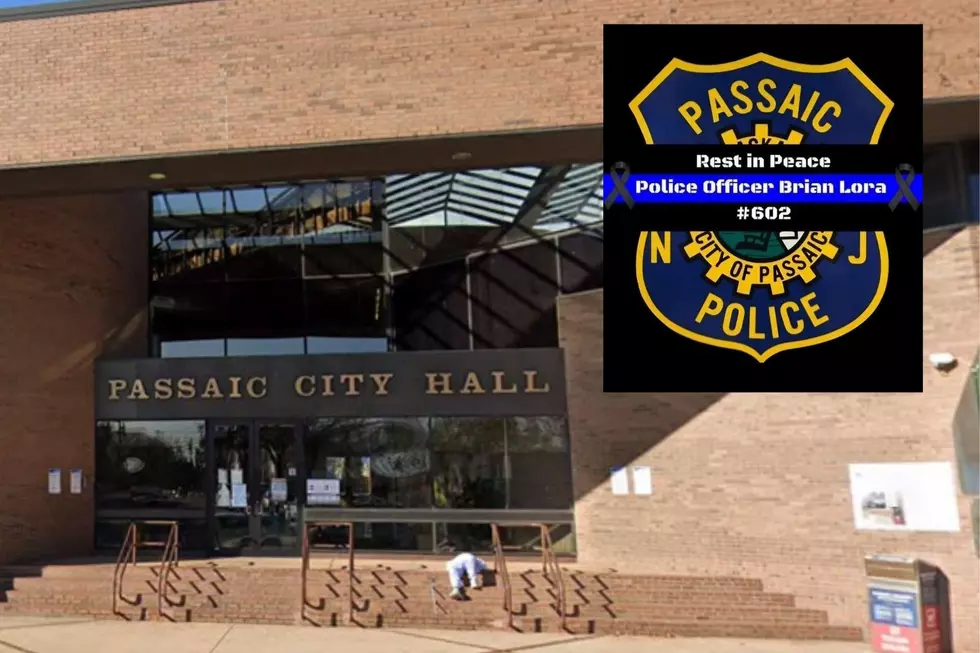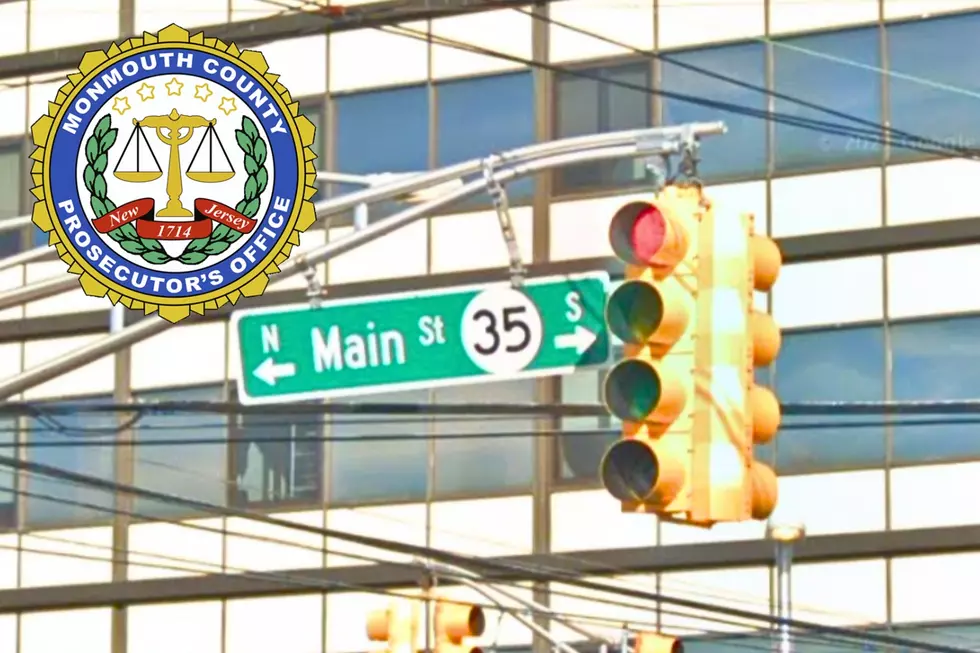
Can these sites be saved? NJ group lists 10 most endangered places
New Jersey has plenty of history. And at any given moment, pieces of that history are at risk of being lost forever.
The group Preservation New Jersey is out with its 2023 list of the 10 most endangered historic places across the Garden State. It includes sites in nine different counties.
The list is generated from nominations by the public. PNJ releases such a list every year and tries to avoid highlighting the same site more than once.
Selections to the list are based on a site's historic significance and architectural integrity; the critical nature of the threat identified; and the likelihood that inclusion on the list will have a positive impact on efforts to protect the site.
For some places, the clock is ticking because of redevelopment plans on the local level. Others are losing their integrity due to years of neglect and deferred maintenance.
Grace Episcopal Church — Plainfield, Union County
From PNJ:
Grace Episcopal Church was founded in 1852, and the current building was constructed in 1892 by British-American architect Robert Gibson. Grace Church is a well-preserved example of Gothic Revival ecclesiastical architecture. Its most significant feature is the square tower with crenelated parapet and conical side tower and features a 47-bell carillon.
Facing decades of diminished attendance, decreased income, potentially dangerous building conditions, and the inability to afford critical repairs to its 130-year-old church building, the Episcopal Church of Plainfield decided in 2020 (during the onset of the pandemic) to sell the building and find another worship space to continue their services to the community.
In the fall of 2022, the municipality’s planning board voted to move forward with preparing plans to redevelop. The current zoning for Grace Church permits mixed-use structures including uses such as apartments, townhouses, childcare, retail, office space, restaurant, tavern, bank, or health and fitness club, banquet hall, parking lot, laundromat, and open space.
Joseph Murray Farmhouse and Barn — Middletown, Monmouth County
From PNJ:
The Murray farmhouse and barn at Poricy Park, Middletown are examples of 18th century homesteading. Built ca. 1770 by Joseph Murray, a stonemason from Ireland, the farmhouse and barn remain on original foundations.
The site was restored in 1986 to allow residents and visitors to walk in Murray’s footsteps and honor his service during the American Revolution. The Poricy Park Conservancy, for financial reasons, turned control of the Park and Farmhouse/Barn over to Middletown Township.
Through a continued partnership the town and the conservancy have applied for grants and funding to make necessary repairs to the Murray house, but grants have continuously been denied. While some funding has been secured through capital budgeting, there is not enough set aside to see the restoration project through. Debates have ensued on the understanding of state requirements, questions regarding the need for repairs, and finding proper contractors to complete the project.
Samuel P. Paul House and Native American Encampment — Paulsboro, Gloucester County
From PNJ:
Built by fishery-owner Samuel P. Paul in 1810, the Paul House is a two and one-half story, three-bay stone structure with ornate Federal woodwork.Brick end chimneys accommodate the parlor fireplaces that are tooled with fine punch-and-gouge mantelpieces.
The Paul family, from which Paulsboro derives its name, owned the home until 1924. The significance of the property is due to its association with Samuel Philip Paul, and the intact nature of the Federal architectural elements, and archeological investigations that were conducted during 2012 discovered an undisturbed Native American Encampment on the grounds of the Paul House.
The site is currently owned by the Borough of Paulsboro, with the goal to preserve the site to become a public space as a house museum and public park.
Despite years of planning initiatives, the Samuel P. Paul House and its surroundings face several threats. The building has seen a signification trend of deterioration due to lack of maintenance and funding secured to restore it. In addition, the municipality began discussions on the redevelopment of the site and began to move forward with the creation of a community-wide recycling center along the Mantua Creek on a lot immediately adjacent to the Samuel P. Paul House both impact the house and archaeologically sensitive areas.
The Washington Theatre — Washington, Warren County
From PNJ:
The Washington Theatre opened in 1926. It was built for both silent movies and vaudeville. The theatre seated 800 and was proclaimed “The Showplace of Northwestern New Jersey.”
The Washington Theatre fell into a state of disrepair and closed in 1997. Several local community groups have attempted to save and reopen the theatre. For example, in 1998 the Washington Theatre was acquired by Galaxy Theatres and extensive renovations were done to restore the lobby area back to its grandeur and the cleanup of the auditorium. However, the Washington Theatre closed again in 2001 and saw several openings and closures up until 2016.
In June 2022, the site was proposed for redevelopment into mixed-use space with a four-story addition for apartments.
The Eagle Tavern — Trenton, Mercer County
From PNJ:
This 18th-century building signifies the growth of Trenton into a commercial and industrial city from the mid-1760s through into the early 19th century. It was a hub for social, commercial, and industrial investments. Originally built as a private home, it was enlarged for use as a tavern in the early 19th century and was frequented by patrons of the nearby Eagle Raceway.
The building underwent an exterior restoration by the city in 2005. The building envelope, roof, and windows were all restored, and a handicap ramp was installed. The interior was restored in the 1980s, but it was proven to need a lot of work.
As of 2022, the City of Trenton announced and advertised for redeveloping and restoring the building with a long-term commercial or retail use.
The Eagle Tavern was listed on the 10 Most in 1995.
The Community of St. John Baptist — Mendham, Morris County
From PNJ:
The Community of St. John Baptist is significant for its French Norman Chateau Revival style Convent and its association with the event of the establishment of an important religious order of self-sacrifice and public service.
The Community has actively engaged in preservation of the site since 2005 through seeking grants and support by both the Morris County Historic Preservation Trust and NJ Historic Trust funding programs. Unfortunately, in 2018, the New Jersey Supreme Court ruled to prohibit Morris County’s Historic Preservation Trust Fund program from funding historic buildings owned by religious organizations. The ruling has had a cascading impact on historic preservation programs statewide, putting many valued architectural resources and historic landmarks at risk.
As such, the Community has lost 50% percent of their bricks-and-mortar funding that has been vital for their upkeep and preservation of the site.
Old Fire House — Sayreville, Middlesex County
From PNJ:
Sayerville’s first Fire House/Administration Building was built in 1909; a two-story brick utilitarian building. The site was used as a fire station and by the United States Coast Guard Auxiliary and other similar entities until 2018 when a broken pipe caused the shutdown of the building. The damage was not repaired and, for financial reasons, the building was left vacant and sealed to avoid further damage.
The Old Fire House in Sayreville continues the trend of losses in early constructed emergency service buildings. The 20th century saw a rapid evolution in emergency services. As emergency services evolved, so too has the equipment. Today’s fire engines, ladder trucks and ambulances are much larger than their predecessors. The result is that historic firehouses cannot fit modern emergency equipment and communities often respond by re-locating stations or demolishing historic stations and constructing new.
Rarely does an entire typology of structure come under threat, but due to rapid technological and policy changes, these iconic foundational community structures are under immediate threat throughout the state.
George V. Hecker Carriage House — West Orange, Essex County
From PNJ:
This carriage house building is an excellent example stick-style Victorian architecture designed by master architect Henry Hudson Holly.
Unlike most carriage houses of this era, Hecker’s has never been adapted for another use, so the original features, such as a hayloft and horse stalls, are still intact. The carriage house was designated a local landmark by the Township of West Orange and has been deemed eligible for listing.
The carriage house today sits on 12 acres of forested land open to redevelopment. The primary threat to the site is the lack of plans to preserve and adaptively reuse the carriage house for the benefit of the public.
Taylor's Mill — Readington, Hunterdon County
From PNJ:
Taylor's Mill is a stone grist mill built circa 1760 by Colonel John Taylor who owned and ran the mill.
Taylor, an Englishman by birth, served in the Revolution as a member of the 4th Hunterdon Militia and eventually achieved the rank of General.
The mill is located at the southwest corner of Taylor's Mill Road and Rockaway Road on the Readington/Tewksbury border and is one of the last surviving pre-Revolutionary mills.
The current ruins are threatened by years of deferred maintenance which was brought to the forefront of public concern when, during a snowstorm in early 2022, a portion of the Taylor’s Mill ruin was damaged by a vehicle accident.
With continued lack of funding and support for the site, the future of the Taylor Mill ruins remains unknown.
Raritan River Railroad Freight Station — Milltown, Middlesex County
From PNJ:
The Raritan River Railroad Freight Station is a one-story, utilitarian wood framed-structure, typical of station construction in the late 19th through early 20th centuries. The Raritan River Railroad was incorporated in 1888 and had twelve miles of tracks and stations stretching across South Amboy, South River, Milltown, and New Brunswick. After passenger service ended in Milltown in 1938, changes were made along the line to handle freight trains.
By 1980, the failing Raritan River Railroad was absorbed by Conrail. Conrail did not use the freight station, so it was scheduled for demolition. The owner of property adjacent to the station saved it from the wrecking ball when he purchased the building for use as a storage facility.
Over the years, the building fell into disrepair. The station still sits on Washington Avenue, boarded, and locked up. Since 2011 the Milltown Historical Society and the Raritan River Railroad Historical Society have rekindled efforts to move and restore the borough's only train station, and the last existing Raritan River Railroad station.
Report a correction 👈 | 👉 Contact our newsroom
How to pronounce these 20 town names in NJ
Offbeat adventures: Travel to the coolest hidden wonders in every U.S. state
How much your school district gets under Murphy's proposed 2024 budget
More From New Jersey 101.5 FM









